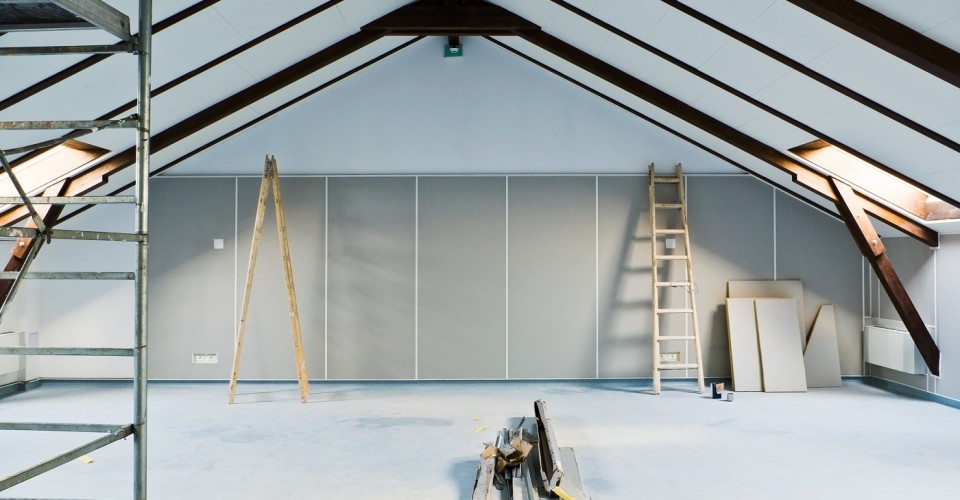Drywall is a dusty and dirty project to complete in the home that can take time, effort and a lot of skill and experience. Knowing how to budget your drywall project will help you keep your costs under control. Installing or hanging drywall can get expensive, especially in older homes that are made of particleboard, sheetrock or parse material. With a few smart decisions on what materials to buy and finding the right contractor, the job of replacing or repairing drywall, or creating a new space where drywall is needed, can be kept in budget.
Average cost and general materials needed
The cost of drywall varies upon thickness and type. Depending on the scope of your project, the price can range. Drywall panels can be purchased at your local home improvement store where you can find moisture, fire, and mold resistant drywall. The price is different per the level of quality, but on average you can expect to spend between $10-$30 per panel. The price per sheet will raise depending on additional materials, such as extra moisture resistant coating. Some budgeting for your installation will be based off of square foot rather than per panel. You can expect to pay around $1-$3 per square foot for drywall.
When setting your overall budget it’s important to recognize what materials you will be needing to buy and what will already be available at hand. If you choose to DIY your drywall you may save costs on labor, but you may have to spend more on necessary materials to install the drywall that you also will have to purchase on your own. The total cost, including labor, will include finishing work or any framing that is required if you hire a professional installer. There is a difference in patching up drywall holes and replacing drywall for an entire room. Some materials you may need to account for in your budget are the following:
- Support screws
- Wall measurements
- Drywall saw
- Joint knife
- Sanding sponge
- Patching plaster
- Primer
- Paint
Creating and staying within budget
As you create your budget for your drywall project, add an additional 20 % as a contingency budget. A contingency budget covers unexpected costs such as rewiring, plumbing repairs and the addition of new support beams or flooring replacement. The budget should be constructed around the type of drywall you choose to use. Calculate the space size and order a little more material than you need in case of any mistakes or measuring errors. Factor in the cost of the additional supplies and average out hourly labor costs. Envisioning the total cost will give you a ballpark estimate to abide by. To finance this project, saving a few months in advance is smart, or you could seek financing through your mortgage lender depending on the size of your renovations.
Hiring the right contractor for the job
If you find that your drywall project is outside your skill level, hire a professional to take care of the work for you. When choosing a professional, view the contractor’s work history plus their photo portfolio and client testimonials. Speak with those listed as references over the phone to confirm the quality of work completed and professionalism of the contractor. It’s important that your contractor has proof of being licensed, bonded, and insured. You may think that hiring a specialist to install your drywall will be too expensive, but it can actually end up saving you money. A professional will know the required materials to complete the job in a timely manner and will be sure to follow your set budget. If you begin to notice that your project is going over your budget or your project is not going the way you imagined, talk to your contractor about making changes and make sure you can account for costs of alterations.
Keeping the project on a timeline
The contractor should give you a definite timeline to work with. It’s up to the contractor to stay on time and complete the work on par. Checking in and critiquing the process should be done at least once a day or halfway through the project. Drywall should be easy to complete fairly quickly. Most of the time a crew of two people can complete a 10’ x 10’ space in a single workday, including cleanup. Select materials wisely as it can be better to select a high-quality product that includes a moisture protection barrier than to purchase cheap drywall because you are looking to save on costs.
A timeline can be made by drawing up a contract with your contractor. A contract is a signed agreement between you and your professional as a legal format. Your project’s budget should be outlined according to the timeline. This will ensure that each payment is being made at the specified time and that your project does not fall behind in either payments or schedule.




